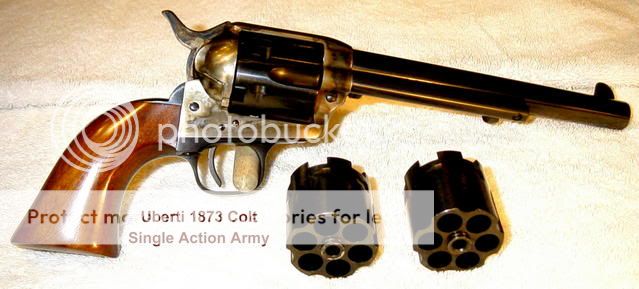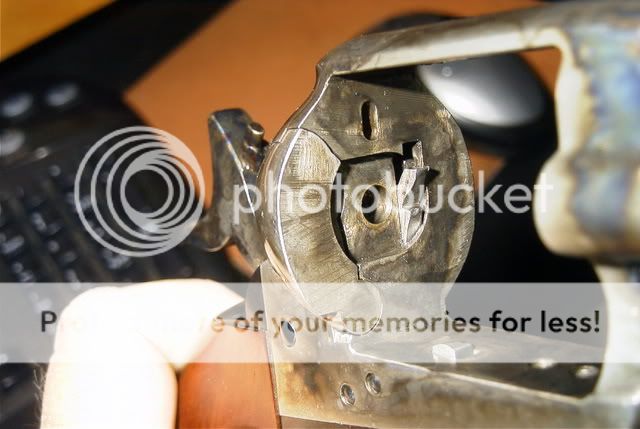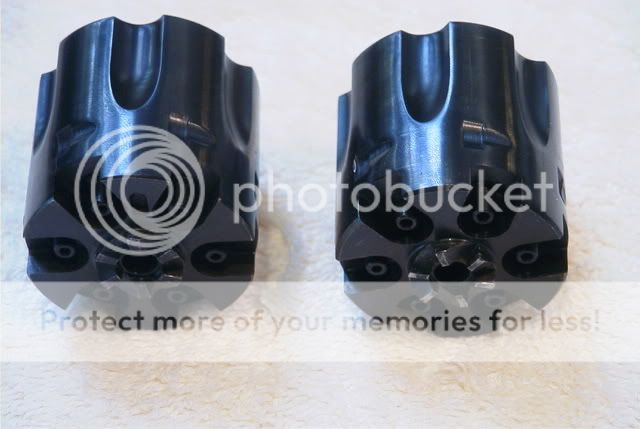I've seen several references on various forums to a claim that 'ATF guidelines' say that a bp percussion revolver that has had the recoil shield modified to incorporate a loading gate is considered a firearm and requires an FFL transfer, regardless of whether or not a cartridge cylinder, no cylinder or a percussion cylinder is installed. In each instance I've asked the person posting the message to provide a link to the 'guideline' or 'regulation' but so far, nobody has. I've also not yet been successful in finding such a statement on the BATFE web site.
Can anyone provide a link or reference to the alleged BATFE 'guideline' or any other document expressing such a policy?
In particular, I'm interested in how such a 'guideline', if it indeed exists' applies to this revolver, a Uberti product initially marketed in European countries where cartridge handguns were prohibited:



Uberti calls it a 'Cattleman'; it's a percussion revolver which is intended to emulate the Colt Peacemaker but using percussion caps and black powder only. Pietta also makes a version of this same design. It has a loading gate incorporated into the frame which is useful for capping the nipples, but would also support inserting/removing cartridges if a compatible cylidner were installed. It also has a cartridge ejection rod, which is functional but worthless without a cartridge cylinder. I should note that there is no cartridge conversion cylinder currently available for this model, and that it would also require modification of the frame and hammer even if such a cylinder were made available.
So, is this gun a firearm under the BATF 'guidelines' as a result of it's having a loading gate incorporated into the frame?
Can anyone provide a link or reference to the alleged BATFE 'guideline' or any other document expressing such a policy?
In particular, I'm interested in how such a 'guideline', if it indeed exists' applies to this revolver, a Uberti product initially marketed in European countries where cartridge handguns were prohibited:



Uberti calls it a 'Cattleman'; it's a percussion revolver which is intended to emulate the Colt Peacemaker but using percussion caps and black powder only. Pietta also makes a version of this same design. It has a loading gate incorporated into the frame which is useful for capping the nipples, but would also support inserting/removing cartridges if a compatible cylidner were installed. It also has a cartridge ejection rod, which is functional but worthless without a cartridge cylinder. I should note that there is no cartridge conversion cylinder currently available for this model, and that it would also require modification of the frame and hammer even if such a cylinder were made available.
So, is this gun a firearm under the BATF 'guidelines' as a result of it's having a loading gate incorporated into the frame?





